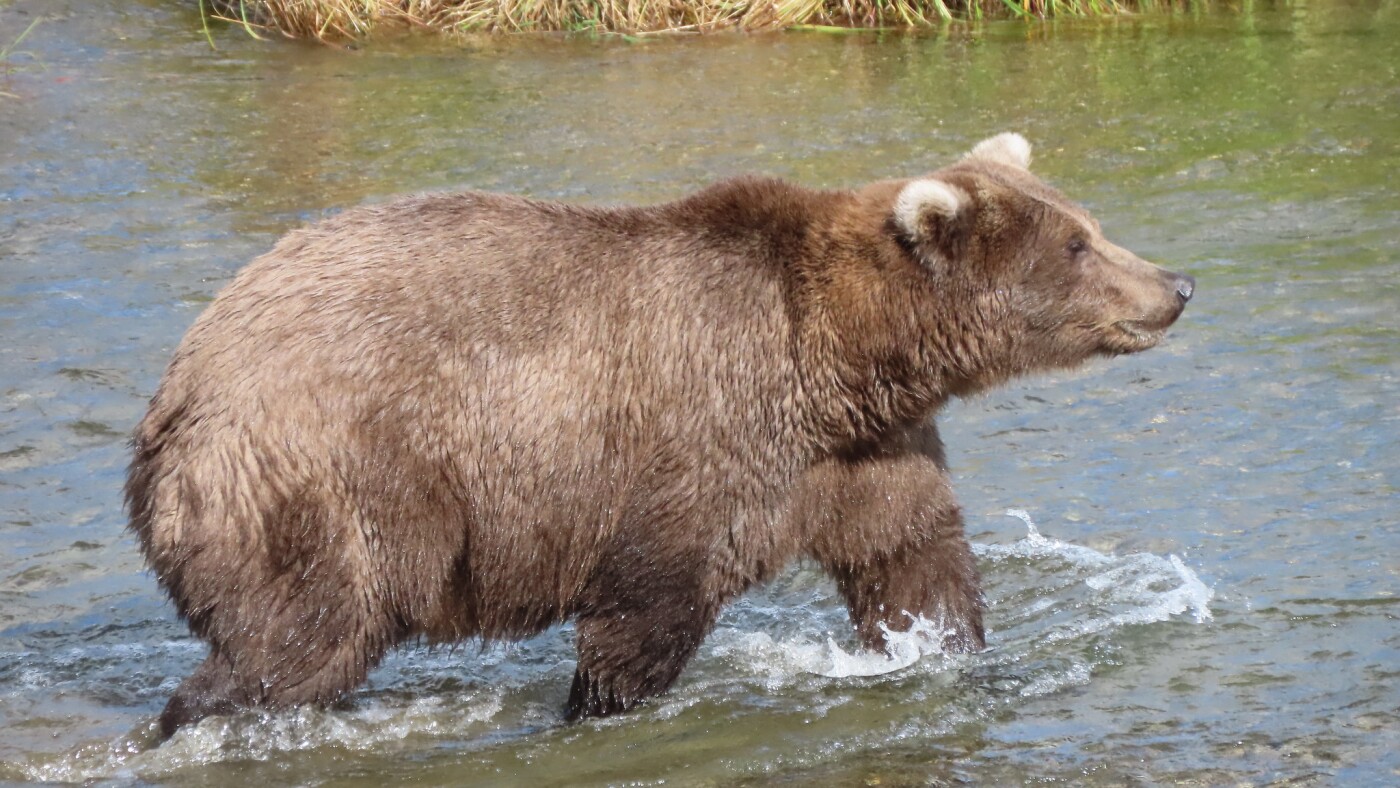Fake flies and catchy tunes make science fun at Ig Nobel prize ceremony
A plan to reduce calorie intake by adding Teflon to food and painting cows to look like zebras so they might get bitten by flies less are among the winning research projects of this years Ig Nobel prizes.
The tongue-in-cheek award for silly but inventive scientific endeavour also recognised a study of "the extent to which a certain kind of lizard chooses to eat certain kinds of pizza" and "discoveries about the physics of pasta sauce".
Winners in categories from literature to biology were recognised at a ceremony at Boston University on Thursday.
"Every Ig Nobel prize winner has done something that first makes people laugh, and then makes them think," said Marc Abrahams, founder of the awards.
Researchers in the US and Israel took home the Ig Nobel award for chemistry thanks to their project to see if Teflon, the plastic anti-stick coating commonly used on pots and pans, provided a good means of bulking up food without adding calories.
The idea is that the material would slip through the digestive system and then simply slide out.
But Rotem Naftalovich, of Rutgers University in New Jersey, one of the three researchers involved, said the US food regulator was nonplussed by the admittedly "wonky" idea.
A team from Japan took home the biology award for demonstrating that painting cows with black and white stripes did, in fact, halve the amount of times they were bitten by flies, providing a possible alternative to using pesticides.
The scientists noted that flies can be attracted to animals due to factors like their smell, shape, movement, colour - as well as how they polarise light, which black and white stripes do.
They argued that painting cows could reduce pesticide use while preventing more livestock from health problems associated with bites.
"We are deeply honoured to receive this award," Tomoki Kojima, one of the researchers, told the audience in an acceptance speech.
"This award serves as motivation for us to continue striving for excellence," he added, as his colleagues attacked him with fake flies, before he revealed he was wearing a zebra-print shirt and they relented.

 KOJIMA ET AL VIA PLOS
KOJIMA ET AL VIA PLOS
Whilst a quite a strange concept, painting stripes on cows could reduce pesticide use
Meanwhile, a mostly Italian team won the physics prize for their work on exactly at what point in the cooking process that cacio e pepe sauce starts to go clumpy and separate, and how this could be prevented.
A group of scientists also took home the nutrition prize for their grounbreaking discovery that rainbow lizards in Togo have a penchant for four-cheese pizza over other toppings.
There was also a gong for two US paediatricians who found that a mother eating garlic made her breastmilk smell of garlic too - something babies actually appeared to enjoy more.
The Ig Nobel peace prize went to the revelation that drinking alcohol can improve a person's ability to speak a foreign language (Dutch, specifically), while the aviation prize was handed to research that found booze makes fruit bats impaird their ability to fly and echolocate.
The literature prize was posthumously given to William Bean, a medical historian who tracked the rate of growth of one of his thumbnails over 35 years and published a number of studies on the subject.
The Ig Nobel awards are presented by a US science humour magazine every year, the Annals of Improbable Research.
As the name suggests, they are a light-hearted alternative to the more serious Nobel Prize - but the research they celebrate is all very real.
Karen Hopkin, a biochemist and creator of the Studmuffins of Science calendar, said that, while in previous years winners had received a Zimbabwean trillion dollar bill, "because of inflation" they all received a wet wipe this year.
A full list of this year's winners can be found here.
.png)




